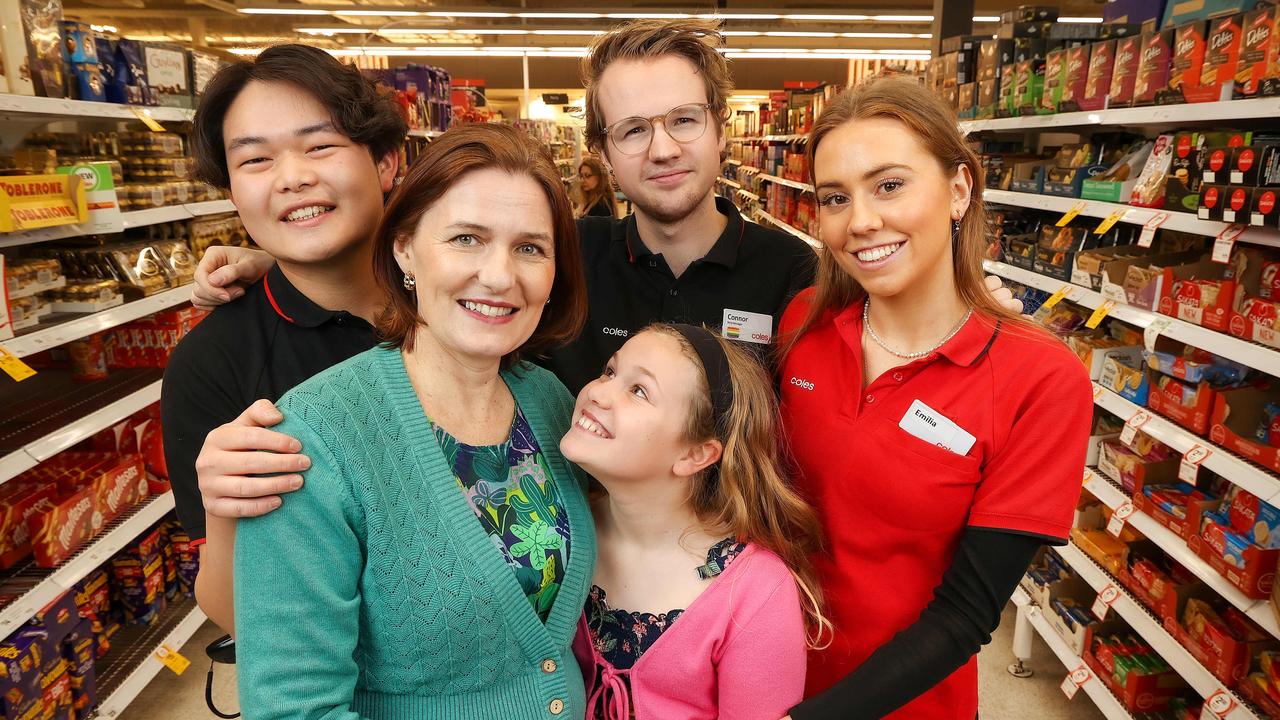Therapy chances double with stroke clot-buster drug
An extra 3000 Australians are expected to receive clot-busting treatments after a stroke each year, with Melbourne researchers doubling the window of time therapy can be given.
VIC News
Don't miss out on the headlines from VIC News. Followed categories will be added to My News.
An extra 3000 Australians are expected to receive clot-busting treatments after a stroke each year, with Melbourne researchers doubling the window of time therapy can be given.
The finding from an international clinical trial shows when using brain scans — rather than the clock — to detect if there is salvageable brain tissue, thrombolysis is safe and can resupply blood to the brain up to nine hours after the most common type of stroke.
Lead author Associate Professor Henry Ma said results extended a lifeline to the one in five people who had a stroke during sleep and now could not receive time-dependent medication, for regional patients, and those in countries without clot-retrieval surgery.
STROKE SURVIVOR’S ‘MIRACLE’ RECOVERY IN JUST ONE WEEK
HOW A STROKE DRUG WAS ALMOST LOST TO GREED
EARLY TREATMENT FOR YOUNG STROKE VICTIMS
“Time is important. You’re losing 2 million brain cells a minute after stroke,” Assoc Prof Ma said.
“But it’s imaging that matters, not the clock any more when deciding who to treat.”

A patient’s chance of leaving hospital without rehabilitation is boosted by a third if they are treated with clot-busting drugs, which get blood to damaged brain tissue and open blocked blood vessels.
Even in the best hospitals, 15-20 per cent of eligible patients with ischemic stroke get the intravenous treatment in the current 4½-hour time frame. But researchers, led by the Royal Melbourne Hospital, say they could now expect to treat 50 per cent more patients.
The EXTEND trial saw 225 patients, whose brain scans showed they had at-risk brain tissue, given clot-busting medication or a placebo between 4½ and nine hours after a stroke.
Three months after a stroke, 35 per cent of patients treated had no symptoms or minimal ones, compared to 29 per cent with the placebo.
In the first 24 hours after treatment, double the number of patients had early improvement. Those who were treated later did just as well as those getting the earliest treatment.
Senior author and director of the Melbourne Brain Centre, Professor Steve Davis, said the findings, published in The New England Journal of Medicine, would help protect the quality of life of many people.
“In strokes, you get this core that dies very quickly and it expands, but can still potentially be resuscitated,” said Prof Davis. “In some people, that growth is fast, and in some, it’s slow. The only way you can tell is by doing that measurement.
“It’s exciting to speculate we could push this out further to 24 hours.”


